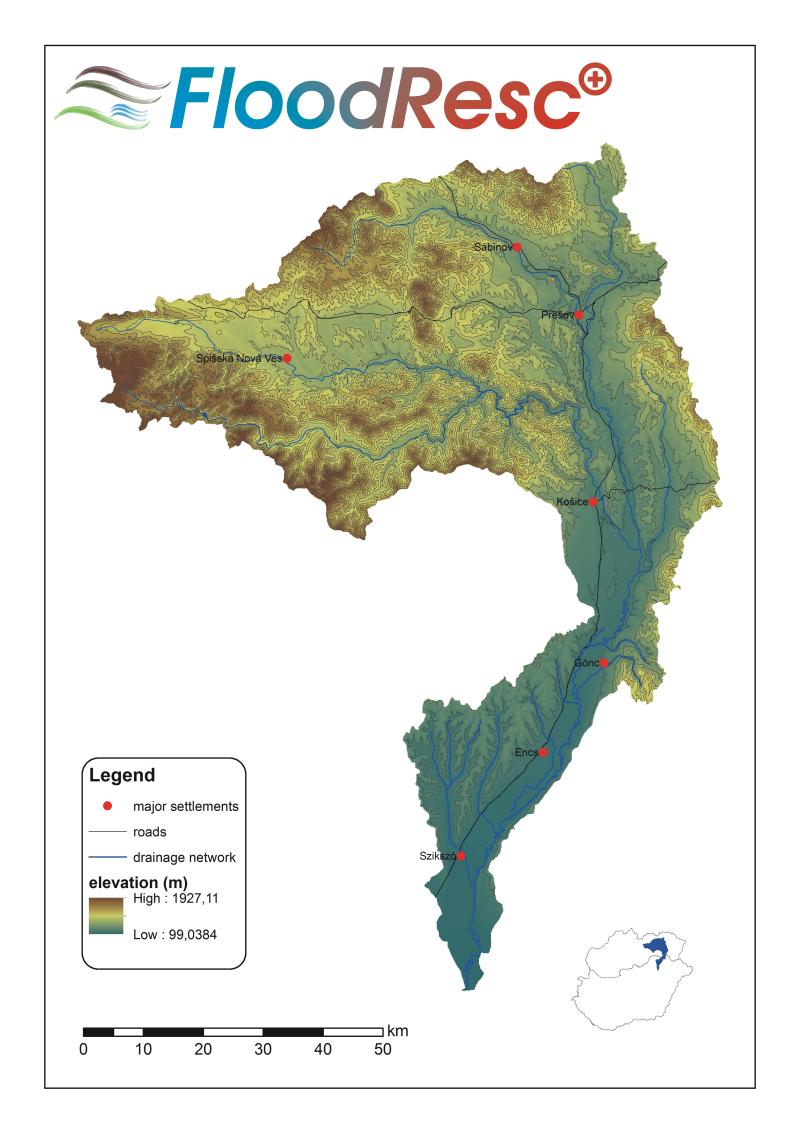Project objectives
The overall goal of the project is to support the Disaster Management Authorities (DMA) by providing them a toolset for flood modelling, forecasting the size and location of the affected area and the affected population; identifying relevant objects and human infrastructure in risk, or objects needed for handling the crisis, and to develop a GIS based logistics pilot framework to better manage the human and natural resources for the disaster management. In our previous project (Floodlog, HUSK/1001/2.1.2/009 - that had been selected as a best practice cross-border project by the EU) similar, but less developed version of this decision support tool had been elaborated. In this recent project our goal is to cover the Hernád/Hornad catchment area. The overall, long-term objective of the consortium is to strengthen and improve the cooperation efficiency between SK and HU disaster management authorities on the field of risk prevention through joint IT development; and to provide a more secure environment for the inhabitants.
The direct objectives of the project are the following:
- Joint development of a harmonized, integrated GIS database for the Hernád/Hornad catchment
- Flood modelling tool development to provide information for flood crisis management
- Environmental impact assessment study to take into account all the effects of floods on the natural environment
- Development of GIS based logistical modelling tool for crisis management, that can be a start point for compilation of Mission Control Plans, to analyse the outcomes of possible logistic activities, and to support decision making in case of flooding
- Elaboration of disaster-medicine protocol to handle the public health and epidemic effects of floods.
